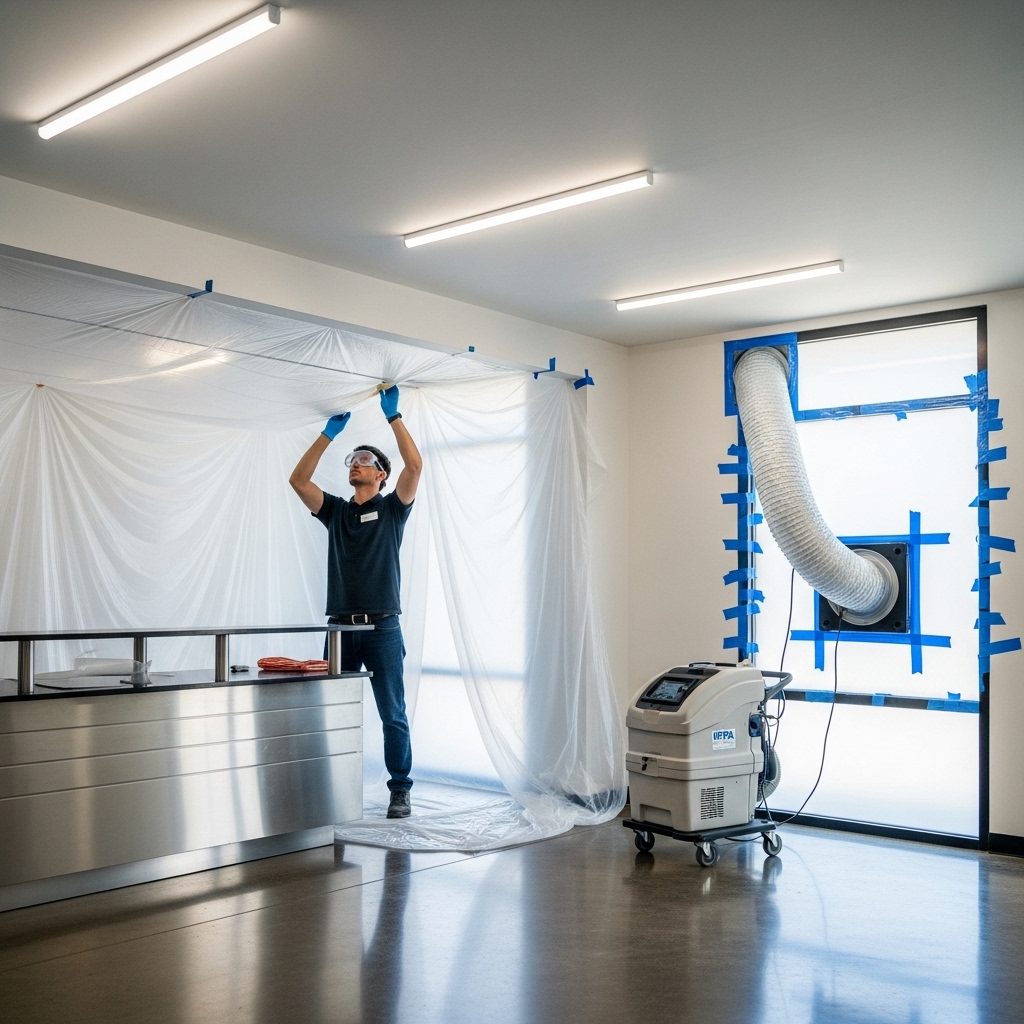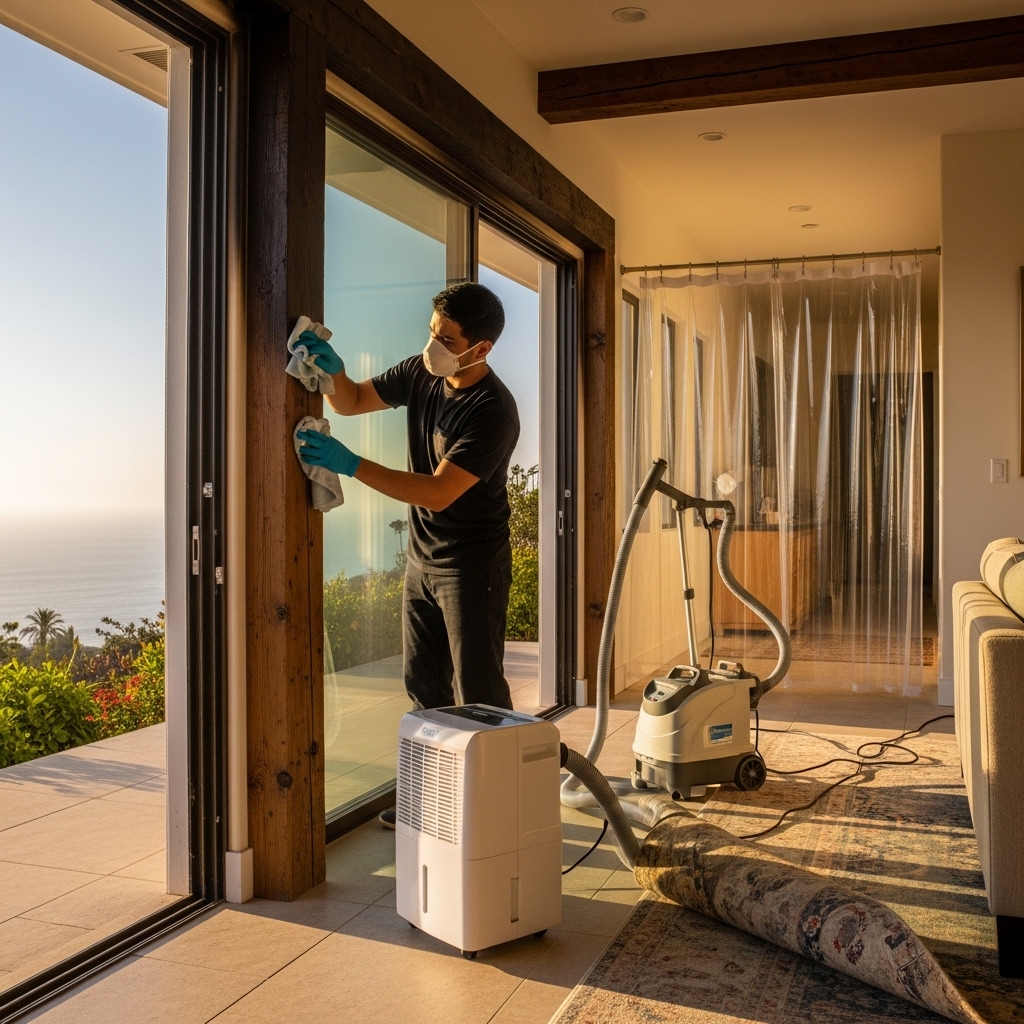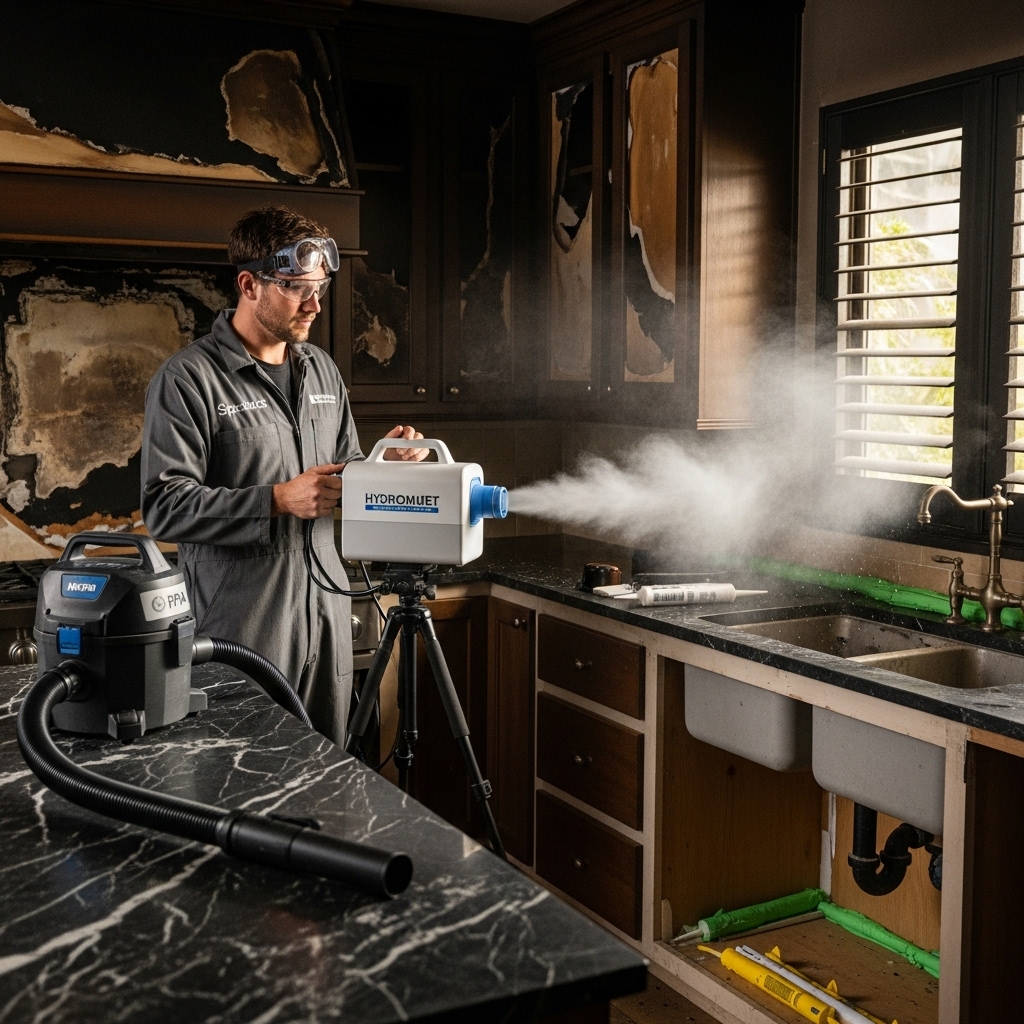Introduction
For businesses in Canoga Park, California, smoke damage threatens more than surfaces—it disrupts operations, risks inventory, and can strain customer trust. Returning to service quickly and safely requires a structured plan that balances cleanup, employee health, regulatory considerations, and documentation for insurance. This guide presents an operational roadmap tailored to storefronts, offices, warehouses, restaurants, and studios. If you want an experienced partner to accelerate reopening and provide documentation your insurer will appreciate, consider bringing in commercial smoke damage restoration specialists familiar with local codes and business needs.
Smoke residues vary by fuel type and can corrode metals, dull plastics, and infiltrate packaging. Without rapid stabilization, odors set and electronics degrade. A disciplined approach—containment, air control, phased cleaning, and verifiable deodorization—protects assets and shortens downtime.
Stabilize the Scene and Protect People
Begin with safety and compliance. Verify structural integrity and ensure utilities are safe to use. Restrict access to critical staff and restoration teams. Provide PPE such as gloves, eye protection, and P100 respirators for affected areas. Post signage to control traffic and prevent cross-contamination to unaffected spaces. If you share a building, coordinate ventilation plans with neighbors and the property manager to avoid pushing soot into other suites.
- Shut down HVAC to stop recirculation.
- Set up negative pressure in work zones to exhaust contaminated air outside.
- Protect sensitive equipment and inventory under clean plastic sheeting.
Assessment, Scoping, and Triage
Map the entire facility, including storage rooms, server closets, and mezzanines. Identify critical-path areas for reopening—point-of-sale counters, customer-facing zones, and production lines. Triage inventory: separate restorable items, questionable goods for testing, and non-salvageable items for disposal with documentation. Use photos, barcodes, or spreadsheets to track items and support claims.
Communication Plan
Inform employees about safety protocols, temporary work locations, and expected timelines. Update customers via email, social media, and signage with clear messaging on reopening milestones. Vendors should receive guidance on delivery holds or alternate drop points. Consistent communication preserves trust and reduces confusion.
Containment and Air Quality Control
Install poly barriers and zipper doors to isolate zones. Deploy HEPA air scrubbers to capture particulates, and direct exhaust outdoors to maintain negative pressure. Monitor odors and particulate levels throughout the project. Replace HVAC filters early and keep the system off until ducts and the air handler are inspected and cleaned as needed.
Dry Cleaning Phase
Dry removal prevents smearing and sets the stage for deeper cleaning. HEPA vacuum ceilings, light fixtures, beams, and high shelving. Use dry cleaning sponges on walls, doors, signage, and display fixtures. Work from clean to dirty and top to bottom. In warehouses, focus on rafters and pallet rack surfaces where fine soot accumulates and can later fall onto products.
Wet Cleaning and Degreasing
Move to wet cleaning with mild detergents and escalate to alkaline cleaners where residues are oily or protein-based. Rinse surfaces thoroughly and dry promptly. Clean high-touch points such as counters, railings, and restrooms multiple times. For restaurants, degrease hoods, filters, and kitchen equipment; consult NFPA and health department guidance for re-opening procedures.
Electronics and Data Protection
Shut down and isolate servers, POS systems, and machinery controls. Soot’s conductivity and corrosivity threaten circuit boards and connectors. Engage electronics restoration vendors where data and uptime are critical. Store backups offsite, and document device serial numbers and service dates for claims.
Inventory, Packaging, and Product Considerations
Packaging materials absorb odors that transfer to products. Test representative samples by moving them to a clean area and evaluating after 24–48 hours. For food or fragrance-sensitive goods, follow regulatory guidance on disposal versus restoration. For non-food items, surface cleaning, deodorization, and re-packaging can often save stock. Keep clear records of decisions for auditors and insurers.
Deodorization and Verification
Deodorization must target sources, not just mask odors. After thorough cleaning, consider thermal fogging, vapor-phase neutralizers, or hydroxyl generation administered by trained personnel. Validate results with walk-throughs by multiple staff members and, when available, particulate or VOC readings. If odors persist in the middle of the project, re-check insulation, ductwork, and concealed cavities—or bring in additional smoke damage restoration resources for advanced techniques.
HVAC and Ducts
Commercial systems can spread contamination across large areas. Replace filters immediately with high-efficiency options. Inspect and clean supply and return plenums, coils, and fan compartments. Consider professional duct cleaning, especially in multi-tenant buildings where shared systems can cause odor migration and liability concerns.
Flooring, Walls, and Finishes
Concrete and sealed floors often respond well to alkaline cleaners and auto-scrubbers with HEPA-filtered vacuums. For finished wood or specialty flooring, consult manufacturer guidance and test in small areas. Walls may need an odor-sealing primer before repainting; ensure surfaces are fully cleaned and dry first.
Compliance, Documentation, and Claims
Maintain a robust paper trail: daily logs, photographs, air quality readings, disposal records, and vendor invoices. If your sector has special compliance requirements—such as food service or healthcare—retain relevant checklists and certifications for reopening. Share scope-of-work documents and progress updates with your insurer to streamline approvals.
Staff Health and Training
Provide PPE and training on safe cleaning agents and equipment. Establish clean and dirty zones with handwashing and PPE doffing areas. Encourage staff to report odor sensitivity or symptoms and rotate duties to limit exposure. Offer remote work options during the heaviest phases when feasible.
Customer Experience and Reputation Management
Even after cleaning, customers may be sensitive to lingering odors. Resume operations with a fresh-air plan—pre-opening ventilation, ongoing filtration, and fragrance-free policies that do not merely cover odors. Communicate the steps you took to clean and verify air quality to reassure clients.
Business Continuity Tips
- Prioritize areas that generate revenue or enable service delivery.
- Stage cleaned inventory in a separate, confirmed odor-free zone.
- Adopt flexible hours for phased reopening.
- Use mobile POS and curbside options while deeper areas are restored.
Common Pitfalls for Businesses
- Rushing to reopen without proper air control, causing recontamination.
- Neglecting high storage and rafters that later shed soot.
- Powering electronics before inspection.
- Under-documenting inventory triage and disposal decisions.
- Relying on fragrances instead of source removal and verified deodorization.
Frequently Asked Questions
Q: How fast can a business reopen after smoke damage? A: Timelines vary by size, contamination level, and regulatory requirements. A structured plan with parallel work streams—air control, cleaning, and documentation—speeds reopening.
Q: Will customers notice lingering smells? A: If cleaning and deodorization are thorough, odors should be minimal to none. Validate before reopening and continue filtration initially.
Q: Can inventory be sold after smoke exposure? A: It depends on product type and odor sensitivity. Clean and repackage when appropriate, and dispose of items that cannot be returned to pre-loss condition or that violate regulations.
Q: Do we need professional duct cleaning? A: If ducts show soot or odors persist when the system runs, professional duct service is recommended to prevent ongoing distribution.
Q: What about employee safety? A: Provide PPE, training, and clear zones. Use HEPA filtration, monitor air quality, and adjust tasks to reduce exposure.
Restore Operations with Confidence
Your business can emerge from smoke damage stronger with the right plan, documentation, and expert support. Shorten downtime and protect your brand by engaging experienced smoke damage restoration partners who understand the urgency, compliance needs, and customer expectations of Canoga Park enterprises.


